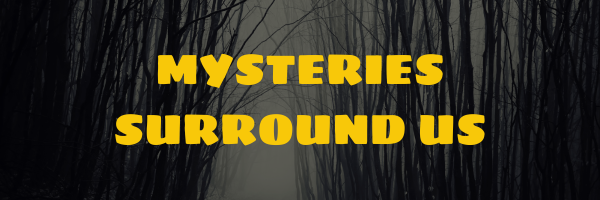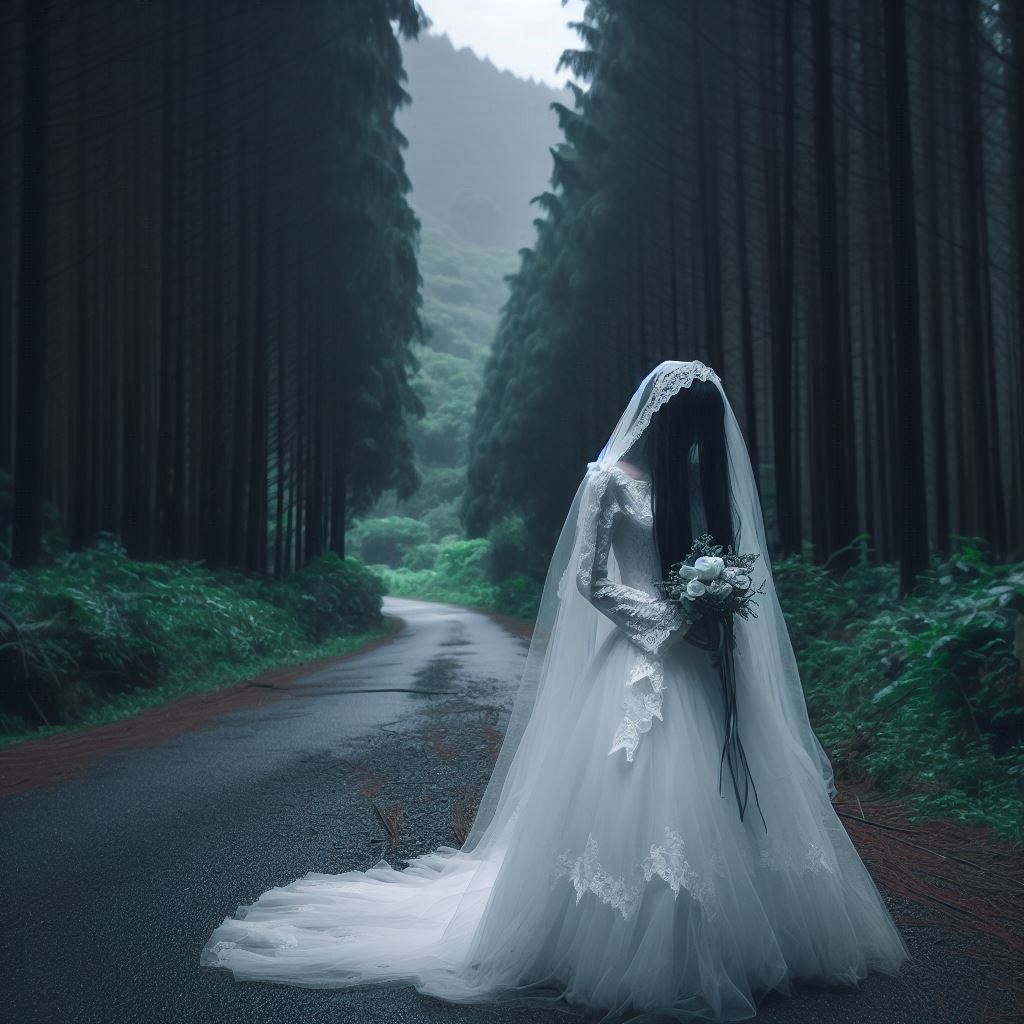The existence of ghosts has been a subject of fascination, fear, and debate for centuries. Many people report experiencing ghostly encounters, such as feeling a presence, hearing unexplained noises, or seeing apparitions. Here are some of the most prominent theories and explanations that attempt to shed light on these mysterious phenomena.
Psychological Explanations
- Pareidolia: This is the tendency of the human brain to perceive familiar patterns, such as faces or figures, in random stimuli. For example, seeing ghostly shapes in shadows or reflections is a common experience attributed to pareidolia. Our brains are wired to recognize faces and human forms, which can lead to misinterpretations of ambiguous visual information.
- Sleep Paralysis: During sleep paralysis, individuals wake up while still in a state of REM sleep, where the body is naturally paralyzed. This can lead to terrifying hallucinations of ghostly figures or a sense of an evil presence in the room. These experiences are often described as feeling incredibly real and can be accompanied by a sense of pressure on the chest.
Environmental Factors
- Electromagnetic Fields (EMF): Some scientists believe that high levels of electromagnetic fields can affect the brain, causing hallucinations and sensations of a presence. Certain locations with high EMF readings are often reported as haunted. This theory suggests that fluctuations in EMF could be responsible for some ghostly experiences.
- Infrasound: Low-frequency sound waves, below the range of human hearing, can cause feelings of anxiety, unease, and even visual hallucinations. These sounds can be produced by natural sources like wind or man-made sources like engines. Infrasound has been linked to reports of ghostly encounters, as it can create a sense of unease and make people more susceptible to seeing or feeling things that aren’t there.
Cultural and Social Influences
- Cultural Beliefs: Belief in ghosts is deeply rooted in many cultures and religions. These beliefs often provide comfort, suggesting that deceased loved ones are still watching over us. Cultural context can influence how people interpret unexplained events, often attributing them to supernatural causes. For example, in many Asian cultures, it is believed that the spirits of ancestors can return to visit the living.
- Media Influence: Movies, books, and TV shows about ghosts can shape people’s perceptions and expectations, making them more likely to interpret ambiguous stimuli as ghostly encounters. The portrayal of ghosts in popular media often reinforces cultural beliefs and can lead to a heightened sense of fear or curiosity about the supernatural.
Misinterpretations and Hoaxes
- Natural Phenomena: Many ghost sightings can be attributed to natural phenomena such as drafts, creaky floors, or reflections. These can easily be mistaken for ghostly activity, especially in old buildings where such occurrences are common. For example, a draft causing a door to close might be interpreted as a ghostly presence.
- Deliberate Hoaxes: Some ghost sightings are the result of deliberate hoaxes, created to gain attention or for financial gain. These fabrications often complicate the investigation and understanding of genuine paranormal experiences. Famous examples include the Cottingley Fairies photographs, which were later revealed to be staged.
Parapsychological Theories
- Survival Hypothesis: This hypothesis suggests that ghosts are the consciousness or energy of deceased individuals who continue to exist in some form after death. Proponents of this theory believe that the soul or spirit can survive physical death and interact with the living. This idea is central to many religious and spiritual beliefs.
- Crisis Apparitions: These are instances where an apparition of a loved one reportedly appears to someone at the moment of that person’s death or during a significant emotional event. Such experiences are often cited as evidence of a connection between the living and the dead. While these accounts are compelling, they are difficult to study scientifically.
Conclusion
While the idea of ghosts is intriguing and has a strong cultural presence, there is no scientific evidence to confirm their existence. Most ghostly experiences can be explained by psychological, environmental, or cultural factors. The mystery of ghosts continues to captivate our imagination, but it remains unresolved.
References:
- https://www.livescience.com/26697-are-ghosts-real.html
- https://theconversation.com/the-top-three-scientific-explanations-for-ghost-sightings-58259
- https://www.snexplores.org/article/science-ghosts
- https://www.bbc.co.uk/bbcthree/article/f8ce7277-5945-470a-b1ad-0c637d8265c1

